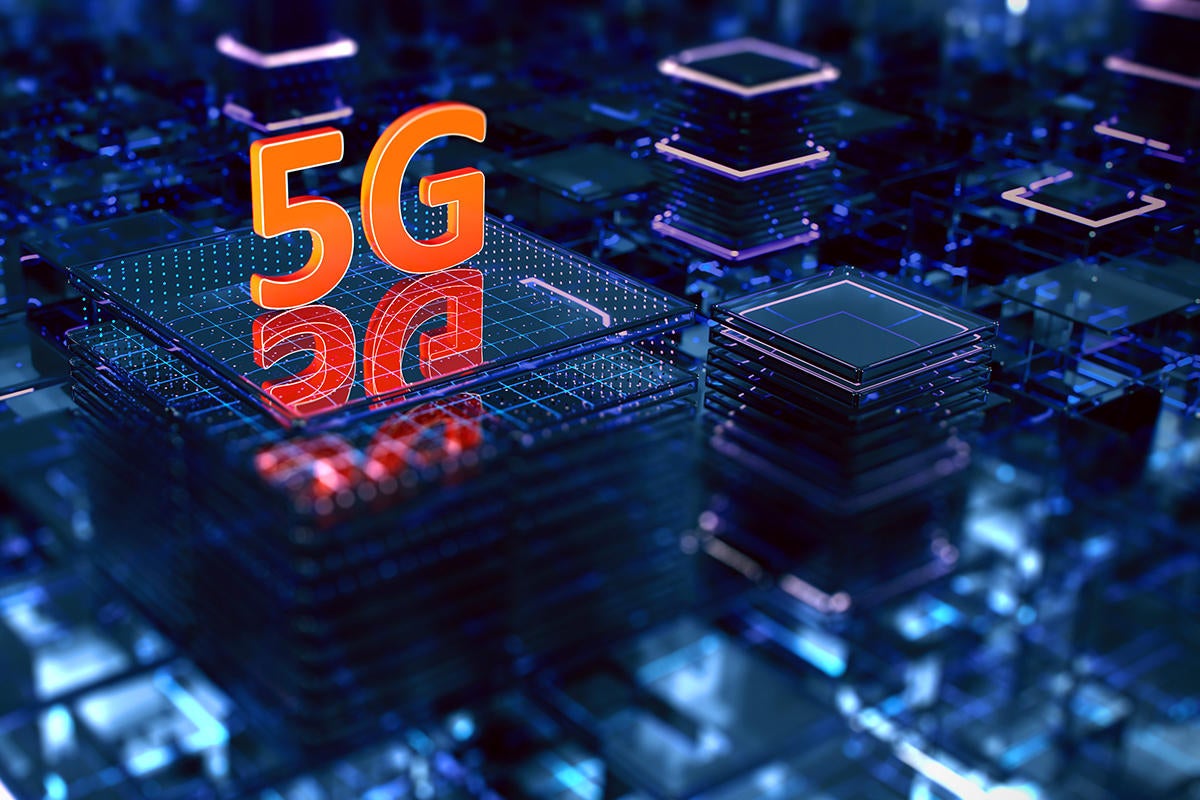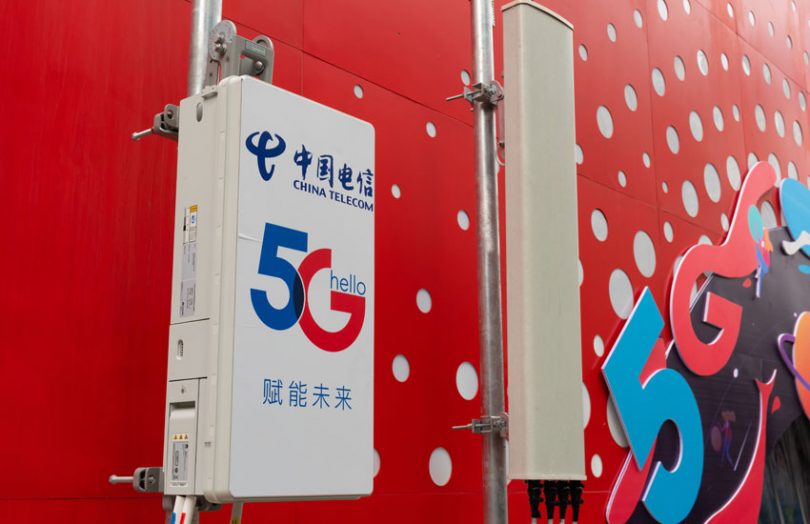
5G, the 5th generation mobile network is here. However, it is full of rumors and speculations. Some say it spreads coronavirus and cancer. Read on to uncover the truth.
What is 5G?

It is the latest wireless mobile network, the next generation of 4G. Released in 2019, the new network is faster, stronger, and upgraded. It can support telemedicine, self-driving cars, remote surveillance and security, virtual reality and augmentation devices, and even telesurgery. Moreover, it is up to 100 times faster than 4G.
How does this network work?

5G uses the higher frequencies of the electromagnetic spectrum, ranging above 3.5 GHz. It is the first time that such high frequencies are used in mobile networks. Although, previously its use was in security scanners. In addition to this, it uses beamforming to send data directly to devices. The older generation of wireless networks projects signals all over.
Is 5G really harmful to human health?

Ever since the new network’s trials began in 2019, rumors have been floating about its connection to the pandemic. As of now, there is very limited research in the area of its frequency’s effects on humans and the environment. On the other hand, 5G emits electromagnetic fields. EMF has been associated with tissue heating and lower cognitive functions. EMFs are common carcinogenic.
Currently, its exposure levels are around 3.5 GHz which is close to our regular mobile phones. Although, according to the World Health Organisation (WHO), these levels can change with the use of antennas.
Myth: 5G spreads COVID-19

Relax, 5G does not increase the chances of viral infections.
This latest wireless network is believed to be behind coronavirus. However, there is no real evidence that it leads to contracting SARS-CoV-2. The rumor began because Wuhan was one of the cities where China conducted its first 5G trial run. Huawei also built its new network base in Wuhan’s Huoshenshan Hospital.






